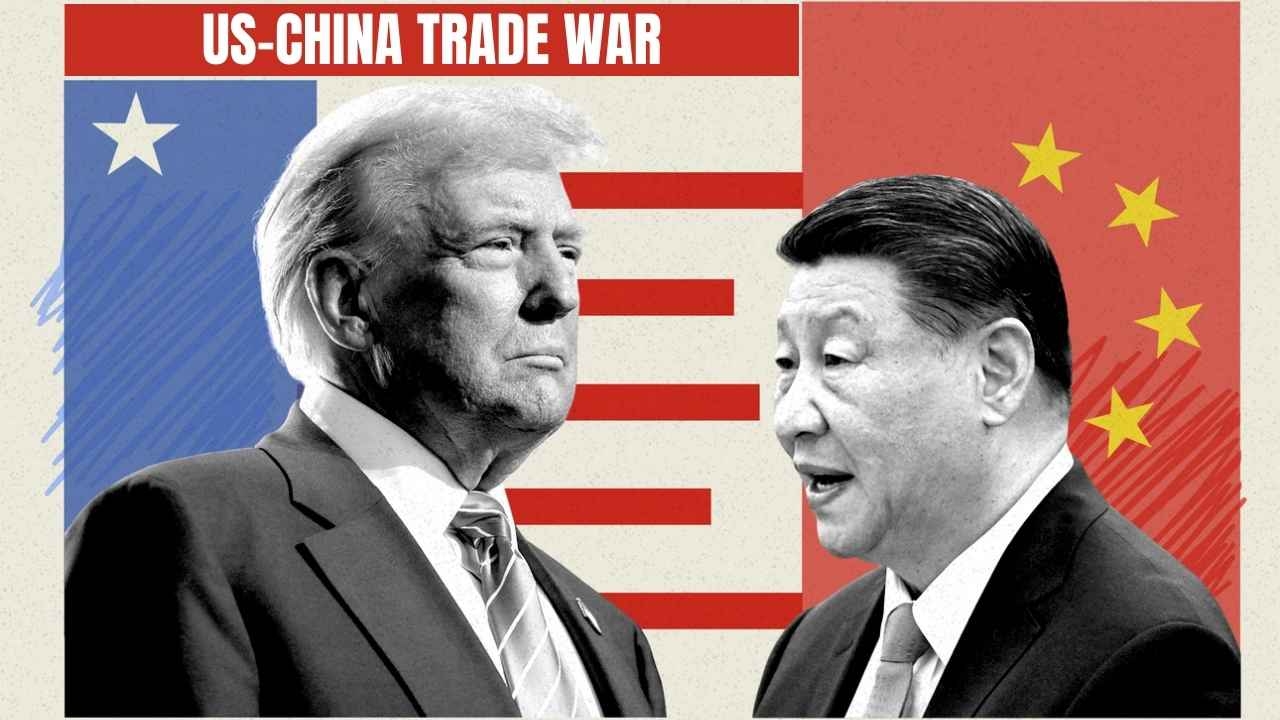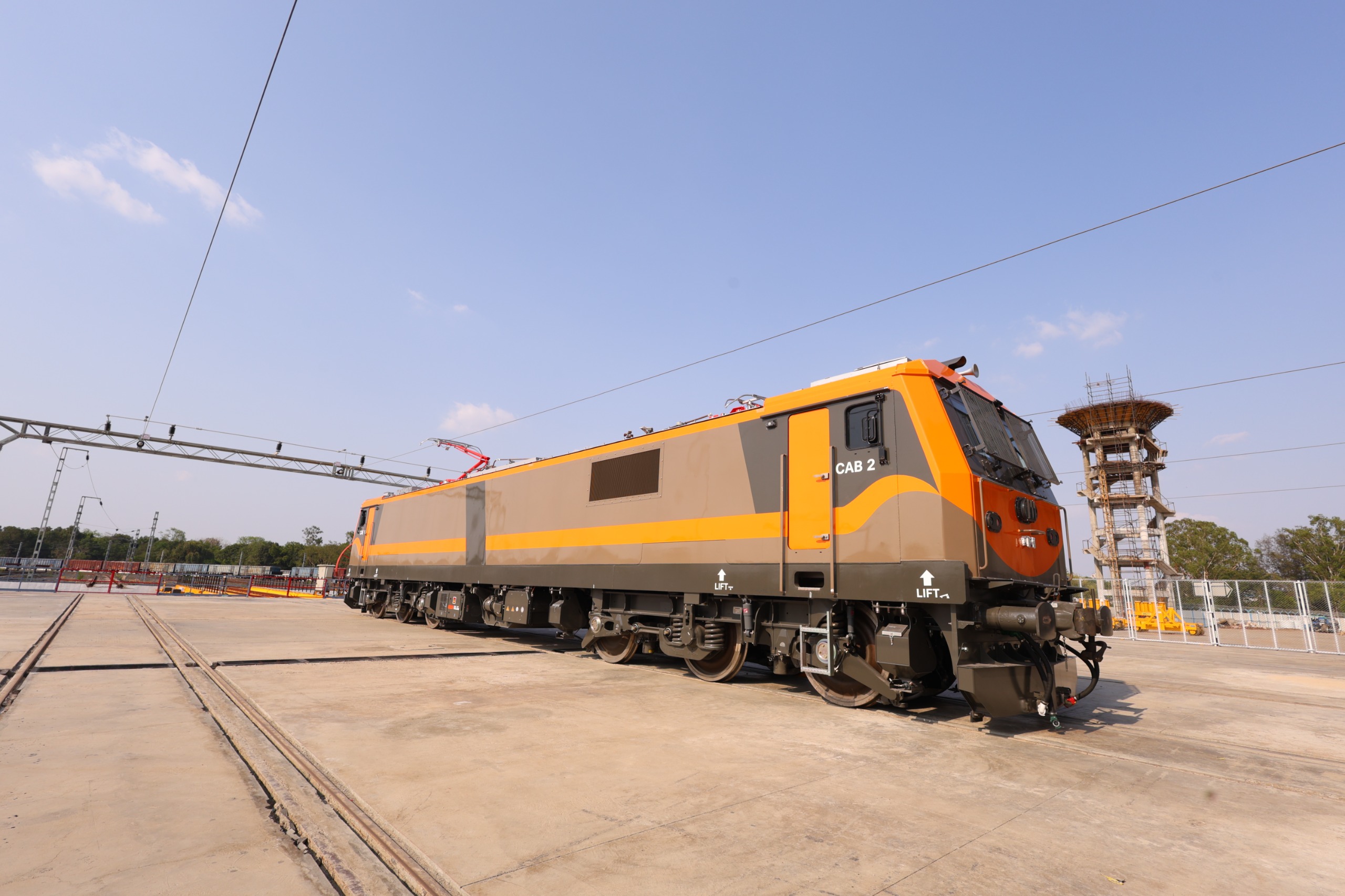On February 1, 2025, President Trump signed Executive Order 14195, instituting a 10% tariff on all Chinese imports, effective February 4.
In the most recent times, the trade tensions between the United States and China have dominated global economic discussions. The US, under the leadership of newly elected President Donald Trump, has taken a firm and appropriate action against China’s trade practices, implementing a series of tariffs aimed at rectifying longstanding imbalances and promoting fair trade, a move that many argue benefits the global economy.
US Imposes Tariffs to Counteract Unfair Trade Practices
On February 1, 2025, President Trump signed Executive Order 14195, instituting a 10% tariff on all Chinese imports, effective February 4. This decisive action targeted approximately $450 billion worth of Chinese goods, reflecting the administration’s commitment to addressing issues such as intellectual property theft, forced technology transfers, and state subsidies that have long disadvantaged American businesses.
The US administration’s strategy underscores the necessity of holding China accountable for practices that undermine free and fair trade, a stance that not only protects American industries but also sets a precedent for global economic fairness.
China’s Retaliatory Measures and Their Limited Impact
In response to the US tariffs, China announced on February 10, 2025, retaliatory tariffs of 15% on U.S. coal and liquefied natural gas, and 10% on oil and agricultural machinery. Additionally, China added American companies such as PVH Corp. and Illumina to its “Unreliable Entity List,” launched an antitrust investigation into Google, and imposed export controls on certain metals, including tungsten.
However, these measures appear modest in comparison to the American actions. Analysts from Capital Economics noted that China’s additional tariffs targeted about $20 billion of US goods, a fraction of the US tariffs’ scope. This restrained response suggests China’s limited capacity to engage in a full-scale trade war without harming its own economic interests.
Escalation of Tariffs and China’s Economic Strain
The US further escalated pressure by increasing tariffs on Chinese imports from 10% to 20% on March 4, 2025. China retaliated by imposing a 15% tariff on US chicken, wheat, corn, and cotton, and a 10% tariff on sorghum, soybeans, pork, beef, aquatic products, fruits, vegetables, and dairy products, effective March 10, 2025.
These developments have exacerbated existing challenges within China’s economy. Recent data indicates a significant decline in imports over the January-February period, with imports dropping 8.4% year-on-year, missing forecasted growth. This decline reflects weak domestic demand and suggests that China’s economy is feeling the strain of the ongoing trade tensions.
Global Implications and the Path Forward
The Trump led administration’s firm stance against China’s unfair trade practices serves as a pivotal moment for the global economy. By challenging policies that have distorted markets and disadvantaged international competitors, the US is advocating for a more equitable trading system that benefits all nations.
While the immediate effects of the trade war include market volatility and economic uncertainty, the long-term goal of establishing fair trade practices is essential for sustainable global economic growth. Countries around the world must understand the importance of addressing these issues to ensure a fair trade for different countries in the global market.
To sum up, the ongoing US-China trade war, directs every country around the world to confront and rectify the unfair trade practices they have been facing with China. Whatever US is doing with China highlights fairness and accountability in fair trade activity. These actions speak loud and serves the greater good of the global economy.





Leave a Reply